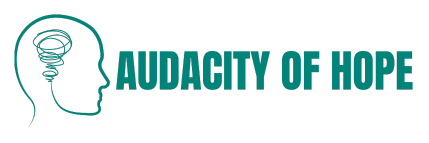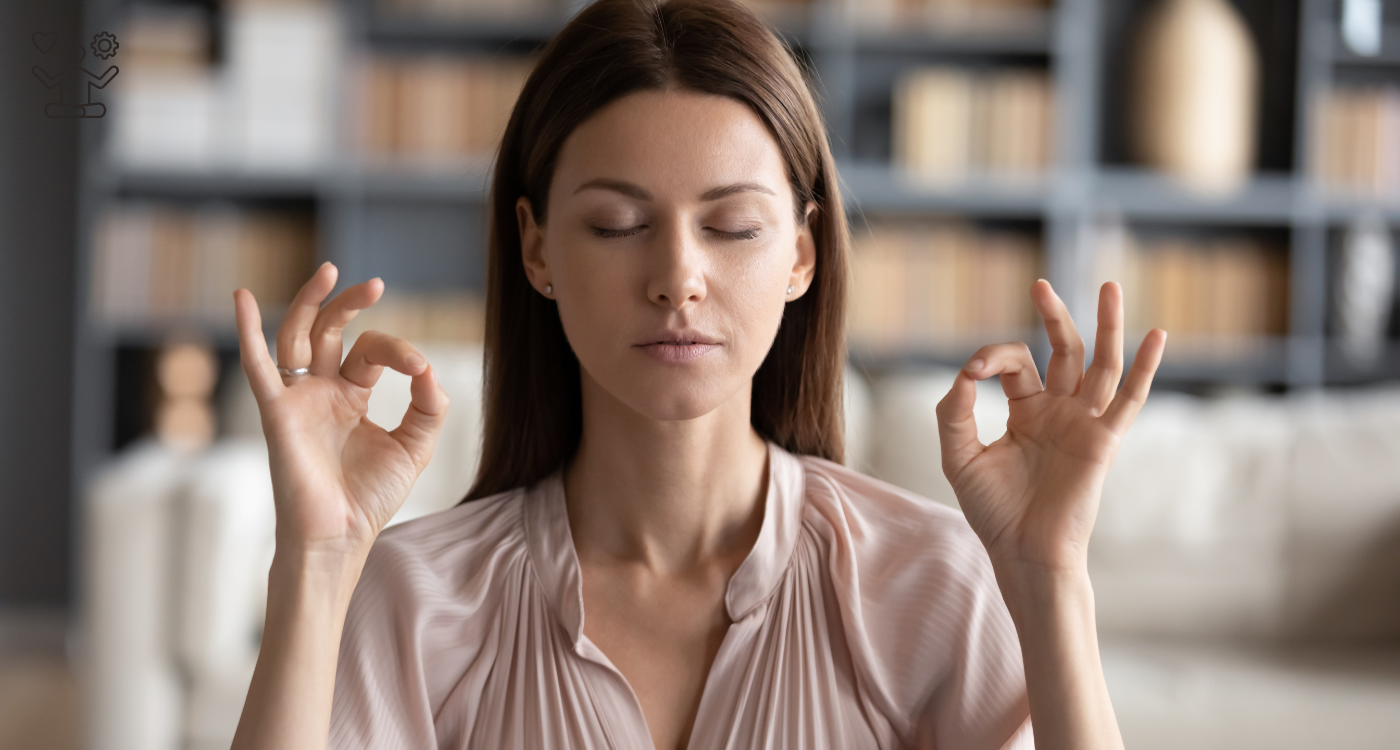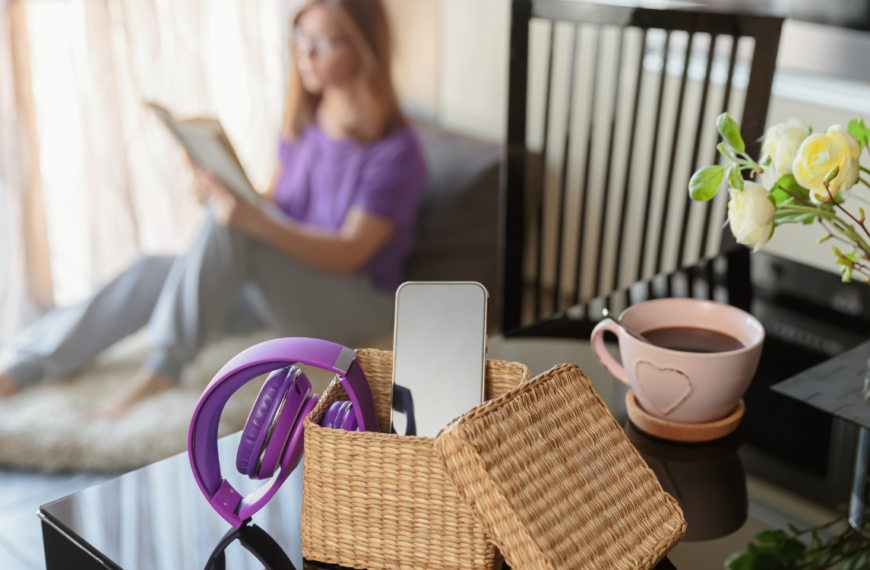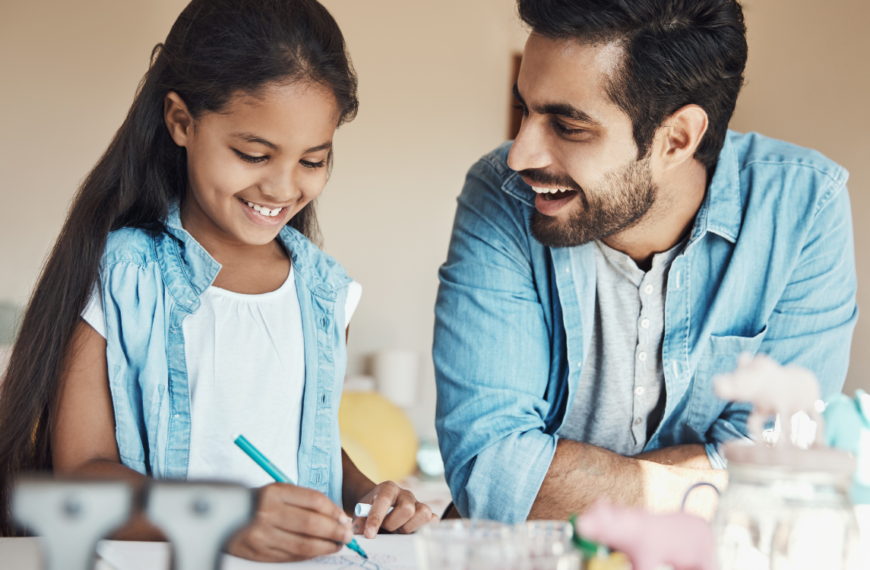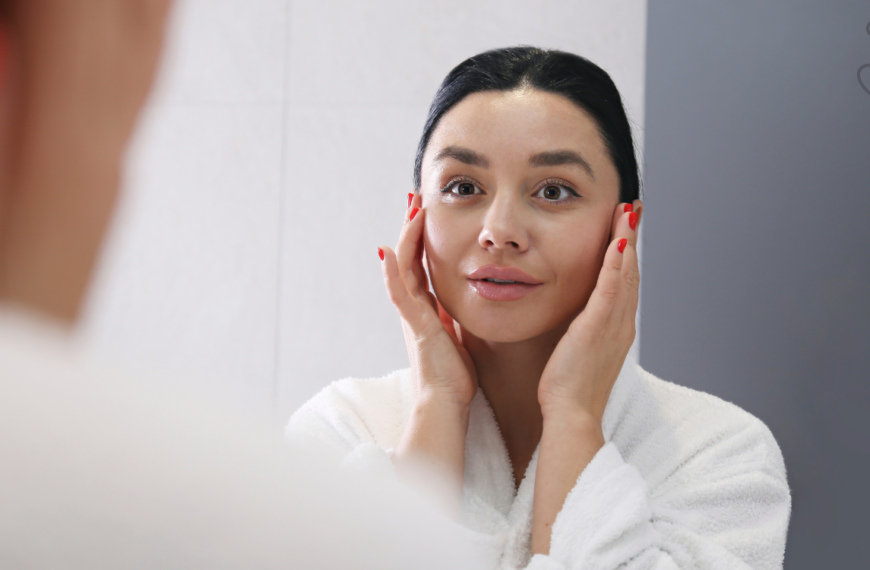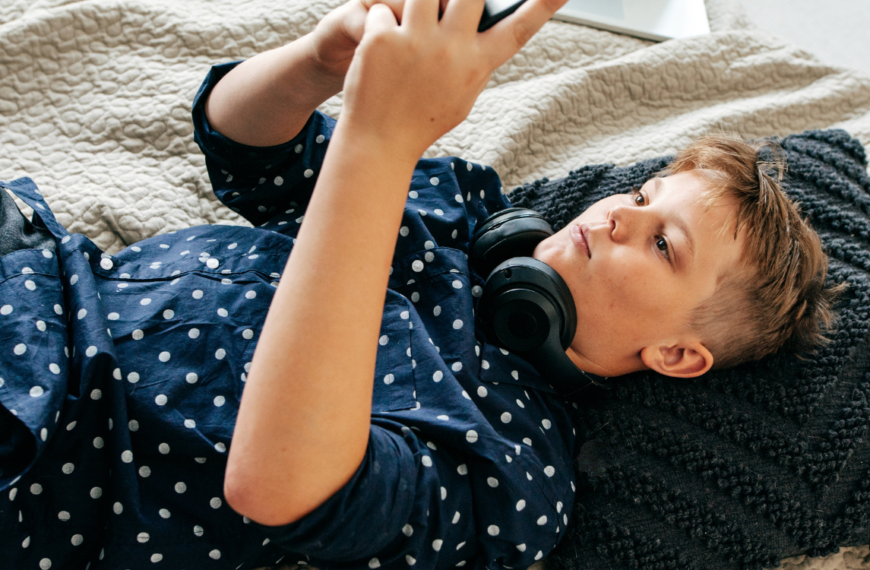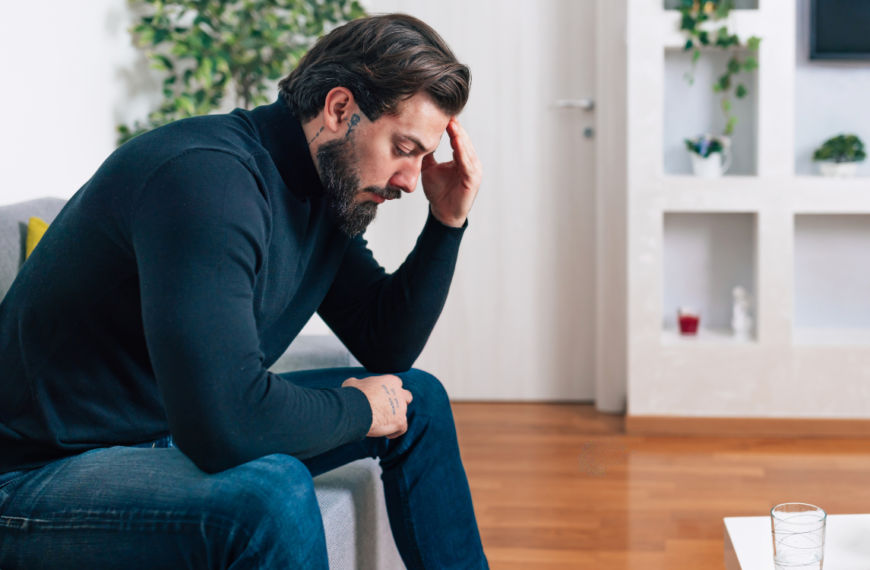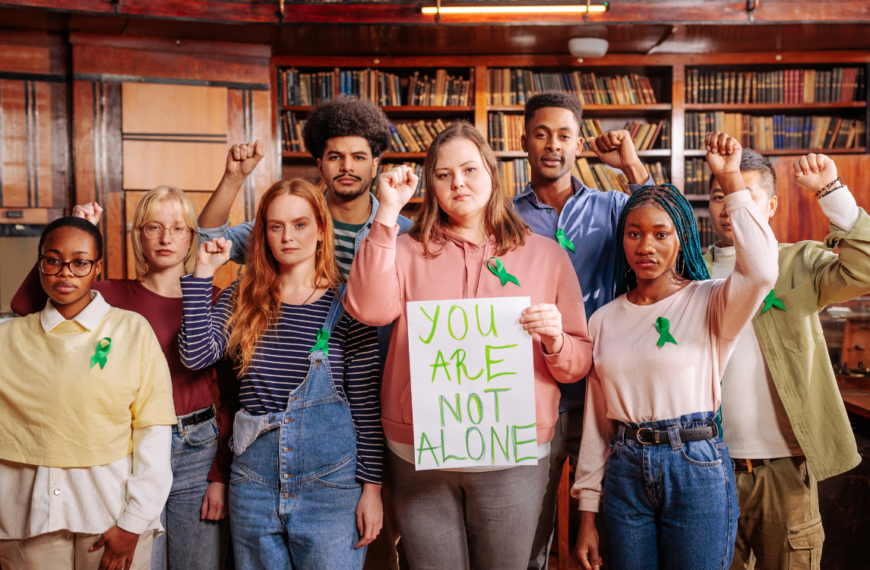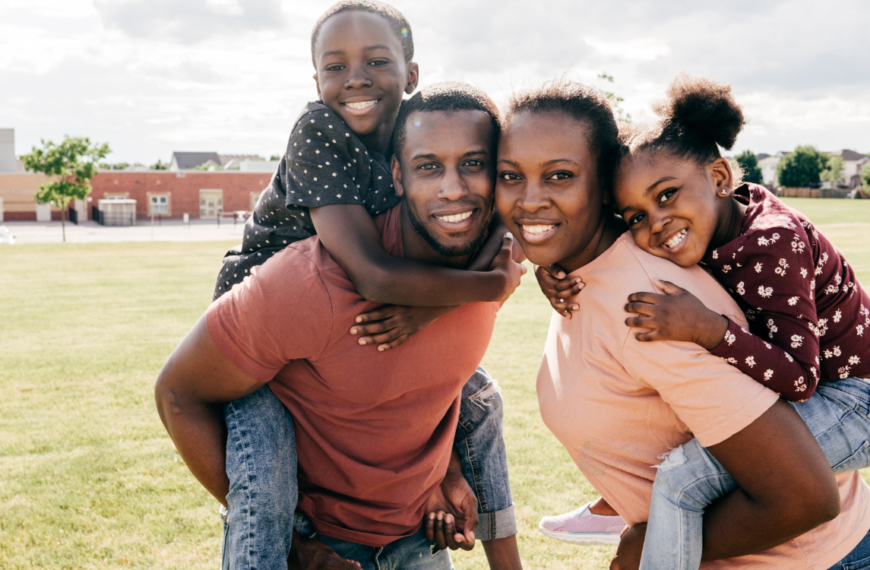Anxiety is a common mental health concern that affects millions of people worldwide. It can manifest in various ways, from persistent worry and fear to physical symptoms like increased heart rate and sweating. Managing anxiety effectively requires a multi-faceted approach that combines practical strategies and therapeutic techniques. In this blog post, we will explore actionable strategies for coping with anxiety, including mindfulness exercises, breathing techniques, and cognitive-behavioral therapy (CBT) practices.
Understanding Anxiety
Before diving into coping strategies, it’s important to understand what anxiety is and how it affects the body and mind. Anxiety is a natural response to stress or perceived threats, but when it becomes excessive or chronic, it can interfere with daily functioning and well-being. Symptoms of anxiety can include restlessness, difficulty concentrating, muscle tension, irritability, and sleep disturbances. Effective management of anxiety involves addressing these symptoms and finding ways to reduce their impact on your life.
1. Mindfulness Exercises
Mindfulness is the practice of being fully present and engaged in the current moment without judgment. It can help individuals become more aware of their thoughts and feelings and develop a more balanced perspective on their anxiety.
a. Mindful Breathing
One of the simplest mindfulness exercises is mindful breathing. This technique helps to calm the nervous system and center your thoughts.
- How to Practice:
- Find a quiet place where you can sit comfortably.
- Close your eyes and take a deep breath in through your nose, allowing your abdomen to expand.
- Exhale slowly through your mouth, focusing on the sensation of your breath leaving your body.
- Continue this process for 5-10 minutes, paying attention to each breath and gently bringing your focus back if your mind starts to wander.
b. Body Scan Meditation
The body scan meditation involves paying attention to different parts of your body and noticing any sensations or tension. It helps to promote relaxation and increase body awareness.
- How to Practice:
- Lie down or sit in a comfortable position.
- Close your eyes and take a few deep breaths.
- Begin by focusing on your toes and gradually move up through your body, paying attention to each area.
- Notice any areas of tension or discomfort and try to relax them as you breathe deeply.
- Continue this process until you reach the top of your head.
c. Mindful Walking
Mindful walking combines physical activity with mindfulness. It’s a great way to incorporate mindfulness into your daily routine and enjoy the benefits of both exercise and relaxation.
- How to Practice:
- Choose a quiet path or area where you can walk without distractions.
- As you walk, pay attention to the sensation of your feet touching the ground, the movement of your body, and the environment around you.
- Focus on the rhythm of your steps and the feeling of each movement.
- If your mind starts to wander, gently bring your focus back to your walking experience.
2. Breathing Techniques
Breathing techniques are effective tools for managing anxiety as they help regulate the body’s stress response and promote a sense of calm.
a. Deep Breathing
Deep breathing involves taking slow, deliberate breaths to activate the body’s relaxation response.
- How to Practice:
- Sit or lie down in a comfortable position.
- Place one hand on your chest and the other on your abdomen.
- Take a slow, deep breath through your nose, making sure your abdomen rises more than your chest.
- Exhale slowly through your mouth, feeling your abdomen fall.
- Continue this process for a few minutes, focusing on the rise and fall of your abdomen with each breath.
b. 4-7-8 Breathing
The 4-7-8 breathing technique is a simple method to calm your mind and reduce anxiety.
- How to Practice:
- Sit comfortably with your back straight.
- Inhale quietly through your nose for a count of 4.
- Hold your breath for a count of 7.
- Exhale completely through your mouth for a count of 8.
- Repeat this cycle 3-4 times, gradually increasing as you become more comfortable.
c. Box Breathing
Box breathing, also known as square breathing, is a technique used to manage stress and anxiety by focusing on the breath.
- How to Practice:
- Inhale deeply through your nose for a count of 4.
- Hold your breath for a count of 4.
- Exhale slowly through your mouth for a count of 4.
- Hold your breath again for a count of 4.
- Repeat this process several times, aiming to complete 4-5 cycles.
3. Cognitive-behavioral therapy (CBT) Practices
Cognitive-behavioral therapy (CBT) is a widely used and effective approach for managing anxiety. CBT focuses on identifying and changing negative thought patterns and behaviors that contribute to anxiety.
a. Identifying Negative Thoughts
One of the core principles of CBT is recognizing and challenging negative or irrational thoughts that contribute to anxiety.
- How to Practice:
- When you notice feelings of anxiety, write down the thoughts running through your mind.
- Evaluate these thoughts and consider whether they are based on evidence or assumptions.
- Replace negative thoughts with more realistic or balanced perspectives. For example, if you think, “I will fail this presentation,” challenge it by considering past successes or preparing thoroughly.
b. Behavioral Activation
Behavioral activation involves engaging in activities that bring you joy or a sense of accomplishment to counteract feelings of anxiety and depression.
- How to Practice:
- Make a list of activities you enjoy or find fulfilling, such as hobbies, exercise, or socializing.
- Schedule these activities into your routine regularly.
- Monitor how engaging in these activities impacts your mood and anxiety levels.
c. Exposure Therapy
Exposure therapy is a CBT technique that involves gradually confronting feared situations or objects to reduce anxiety over time.
- How to Practice:
- Identify specific situations or triggers that cause anxiety.
- Create a hierarchy of these situations, starting with the least anxiety-provoking.
- Gradually expose yourself to these situations, beginning with the least threatening and working your way up.
- Use relaxation techniques, such as deep breathing or mindfulness, to manage anxiety during exposures.
4. Integrating Techniques into Daily Life
Incorporating these coping strategies into your daily routine can help manage anxiety more effectively. Here are some tips for integrating mindfulness exercises, breathing techniques, and CBT practices into your life:
- Create a Routine: Set aside specific times each day for mindfulness, breathing exercises, or CBT practices. Consistency can enhance their effectiveness.
- Use Reminders: Place reminders around your home or workplace to prompt you to practice these techniques, especially during stressful moments.
- Track Progress: Keep a journal to track your anxiety levels, note which techniques are most helpful, and celebrate your progress.
- Seek Support: Consider working with a mental health professional to receive guidance and support in applying these techniques effectively.
Conclusion
Managing anxiety effectively requires a combination of practical strategies and therapeutic techniques. By incorporating mindfulness exercises, breathing techniques, and cognitive-behavioral therapy (CBT) practices into your daily routine, you can develop a robust toolkit for coping with anxiety and promoting mental well-being. Remember that consistency and practice are key to experiencing the benefits of these techniques. Additionally, seeking support from mental health professionals can provide further guidance and enhance your ability to manage anxiety successfully. By taking proactive steps and utilizing these strategies, you can empower yourself to lead a more balanced and fulfilling life, free from the constraints of anxiety.
